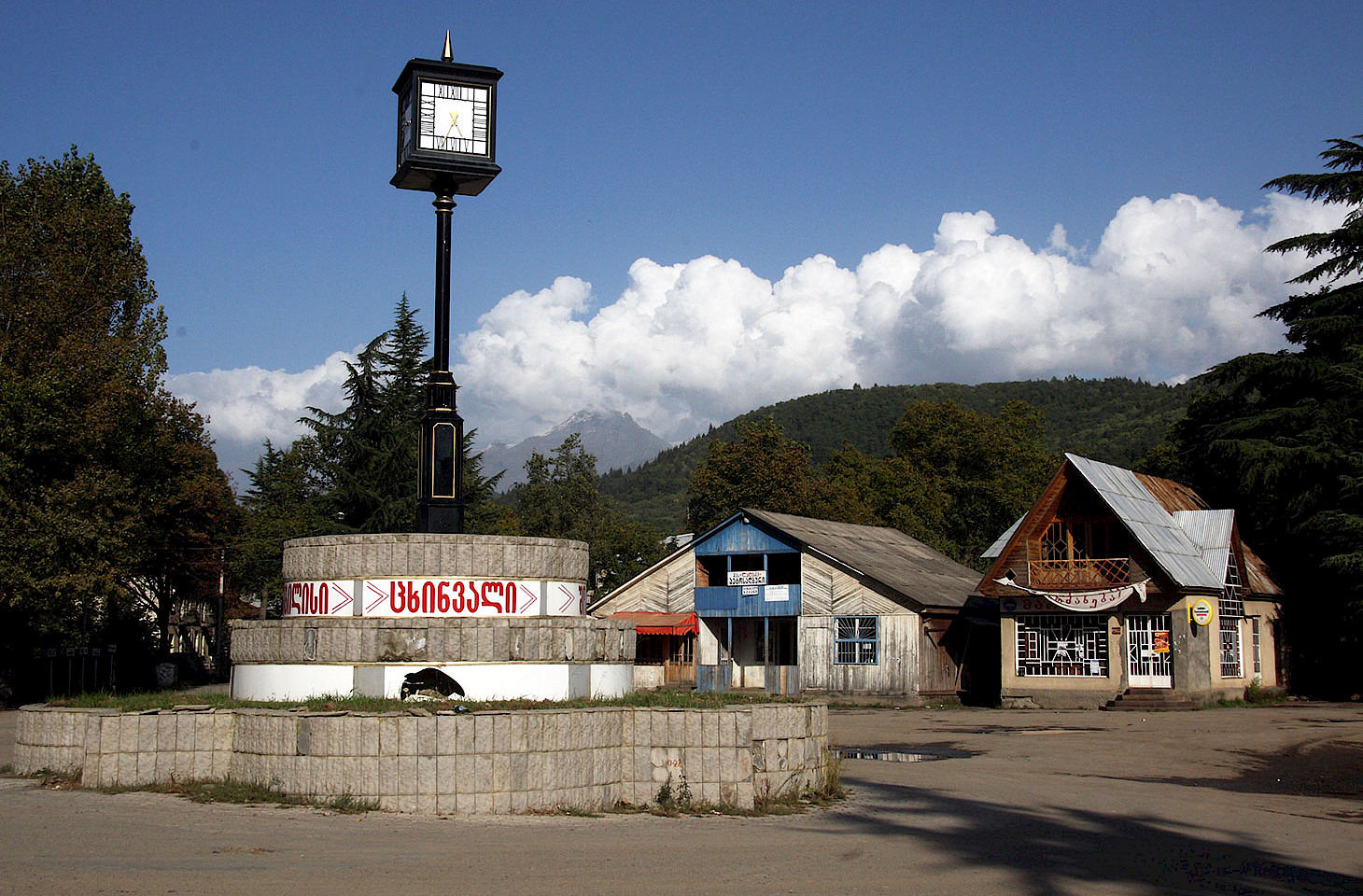The transfer in late October of the mortal remains of Spain’s former Fascist dictator sparked debates across Europe about communal memory. Unearthing Francisco Franco’s coffin was about more than merely moving a dead body. It was about unearthing the past, which in Spain hangs heavy over the present. Franco’s legacy is writ large in the ostentatious monument at Valle de los Caídos (Valley of the Fallen) where the erstwhile dictator lay buried from his death in 1975 until just a few days ago. Although the cries of Viva Franco! are more muted in modern Spain, the shaping of a national narrative which transcends fascism is still a contested matter. In this issue of hidden europe, we delve into this topic as writer Karlos Zurutuza and photographer Andoni Lubaki invite us to join them as they visit some of the planned agrarian villages which were developed under the Franco regime.
The shaping of history and the stories which are told about a region’s past are endlessly fascinating and that’s a running theme in this issue of hidden europe. We see how the people of Alsace embrace multiple identities and histories, and elsewhere in this issue we look at how travel writers and guidebooks helped, in the months after the end of the Great War in 1918, to shape emerging narratives of that conflict.
The humble honey bee has inspired more words than most insects. Emily Dickinson, Kahlil Gibran, Pablo Neruda and Sylvia Plath all had things to say about bees. A year or two back, Sardinian bees buzzed through our pages. In this issue, regular contributor Rudolf Abraham writes about the little town of Radovljica in the Sava Valley which might well be termed the spiritual home of beekeeping.
Our final guest contributor in this issue is Duncan JD Smith who shares with us his reflections on a little known aspect of the Polish city of Kraków.
To all three of our guest contributors, we offer our sincere thanks. And we extend a similar vote of thanks to you, our readers, who have supported us during 2019. A niche publishing business is no road to riches, but we hold dear to our liberal European principles and an unwavering commitment to quality.
Our warmest wishes for the upcoming festive season. These felicitations come with the gentlest of reminders that a subscription to hidden europe is surely well received as a Christmas gift. Note also that we have ample stock of back issues of the magazine, all now available with handsome discounts.
Nicky Gardner and Susanne Kries
editors
Brussels, Belgium
October 2019




